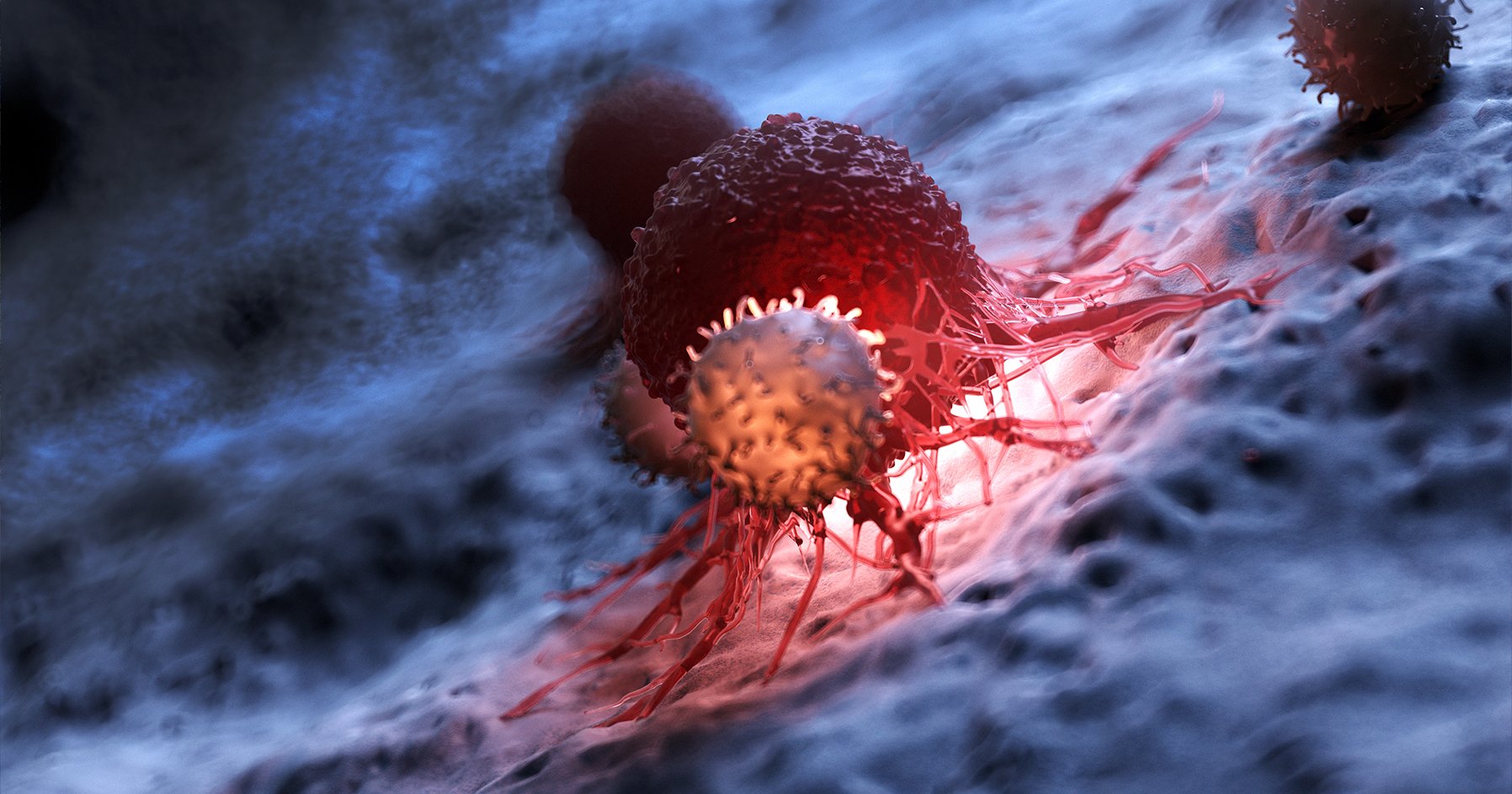Yusuf Ali, Celso E Gomez-Sanchez, Maria Plonczynski, Aniko Naray-Fejes-Toth, Geza Fejes-Toth, Elise P Gomez-Sanchez
Endocrinology, Volume 165, Issue 4, April 2024, bqae015
https://doi.org/10.1210/endocr/bqae015
The mineralocorticoid receptor (MR) is a transcription factor for genes mediating diverse, cell-specific functions, including trophic effects as well as promoting fluid/electrolyte homeostasis. It was reported that in intercalated cells, phosphorylation of the MR at serine 843 (S843) by Unc-51–like kinase (ULK1) inhibits MR activation and that phosphorylation of ULK1 by mechanistic target of rapamycin (mTOR) inactivates ULK1, and thereby prevents MR inactivation. We extended these findings with studies in M1 mouse cortical collecting duct cells stably expressing the rat MR and a reporter gene. Pharmacological inhibition of ULK1 dose-dependently increased ligand-induced MR transactivation, while ULK1 activation had no effect. Pharmacological inhibition of mTOR and CRISPR/gRNA gene knockdown of rapamycin-sensitive adapter protein of mTOR (Raptor) or rapamycin-insensitive companion of mTOR (Rictor) decreased phosphorylated ULK1 and ligand-induced activation of the MR reporter gene, as well as transcription of endogenous MR-target genes. As predicted, ULK1 inhibition had no effect on aldosterone-mediated transcription in M1 cells with the mutated MR-S843A (alanine cannot be phosphorylated). In contrast, mTOR inhibition dose-dependently decreased transcription in the MR-S843A cells, though not as completely as in cells with the wild-type MR-S843. mTOR, Raptor, and Rictor coprecipitated with the MR and addition of aldosterone increased their phosphorylated, active state. These results suggest that mTOR significantly regulates MR activity in at least 2 ways: by suppressing MR inactivation by ULK1, and by a yet ill-defined mechanism that involves direct association with MR. They also provide new insights into the diverse functions of ULK1 and mTOR, 2 key enzymes that monitor the cell’s energy status.

We provide our journal authors with a variety of resources for increasing the discoverability and citation of their published work. Use these tools and tips to broaden the impact of your article.

Read our special collections of Endocrine Society journal articles, curated by topic, Altmetric Attention Scores, and Featured Article designations.